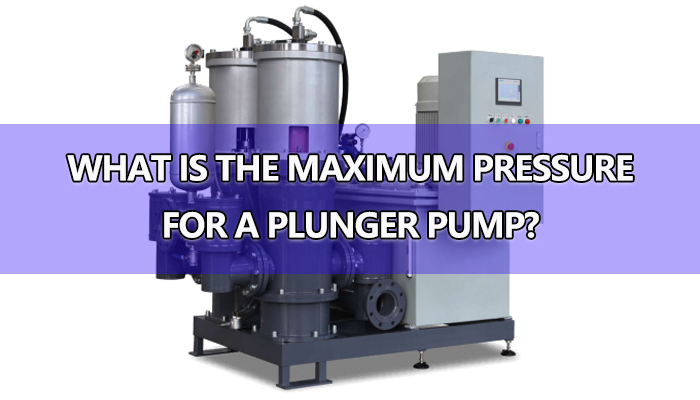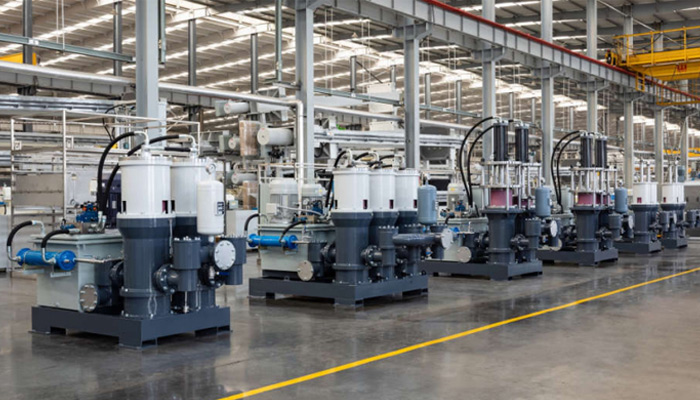Plunger pumps are widely used in various industries for their versatility and efficiency. In this article, we will discuss the maximum pressure for a plunger pump and the factors that affect it.
Maximum Pressure for a Plunger Pump
The maximum pressure for a plunger pump is the highest pressure that the pump can generate without compromising its performance or damaging the components.
The maximum pressure for the machine typically ranges from 1000 to 5000 psi (pounds per square inch), depending on the design and construction of the pump.

Factors Affecting Maximum Pressure of Plunger Pump
Several factors affect the maximum pressure for the machine. These include:
Plunger size and shape: The size and shape of the plunger have a significant impact on the maximum pressure. A larger plunger with a larger diameter can handle higher pressures, while a smaller plunger with a smaller diameter is suitable for lower pressures.
Plunger stroke: The plunger stroke, which is the distance the plunger travels during each cycle, also affects the maximum pressure. A longer plunger stroke can handle higher pressures, while a shorter plunger stroke is suitable for lower pressures.
Operating speed: The operating speed of the pump, which is the speed at which the plunger moves, also affects the maximum pressure. A higher operating speed can handle higher pressures, while a lower operating speed is suitable for lower pressures.
Fluid viscosity: The viscosity of the fluid being pumped also affects the maximum pressure. Thicker fluids require higher pressures to flow through the pump, while thinner fluids require lower pressures.
Pump design: The design of the pump, including the materials used and the construction of the pump chamber, also affects the maximum pressure. A well-designed pump with high-quality materials can handle higher pressures, while a poorly designed pump with substandard materials may have a lower maximum pressure.

Custom Plunger Pumps
Custom plunger pumps are designed to meet specific requirements for various industries. These pumps are designed to handle specific pressures, flow rates, and fluid viscosities. Custom plunger pumps are available in various sizes and configurations to meet the needs of different applications.
Conclusion
In conclusion, the maximum pressure for a plunger pump is a critical factor that determines the performance of the pump. The maximum pressure is affected by several factors. Including the size and shape, plunger stroke, operating speed, fluid viscosity, and pump design.
Custom plunger pumps are designed to meet specific requirements for various industries and are available in various sizes and configurations. Understanding the maximum pressure for a plunger pump is essential for selecting the right pump for your application.